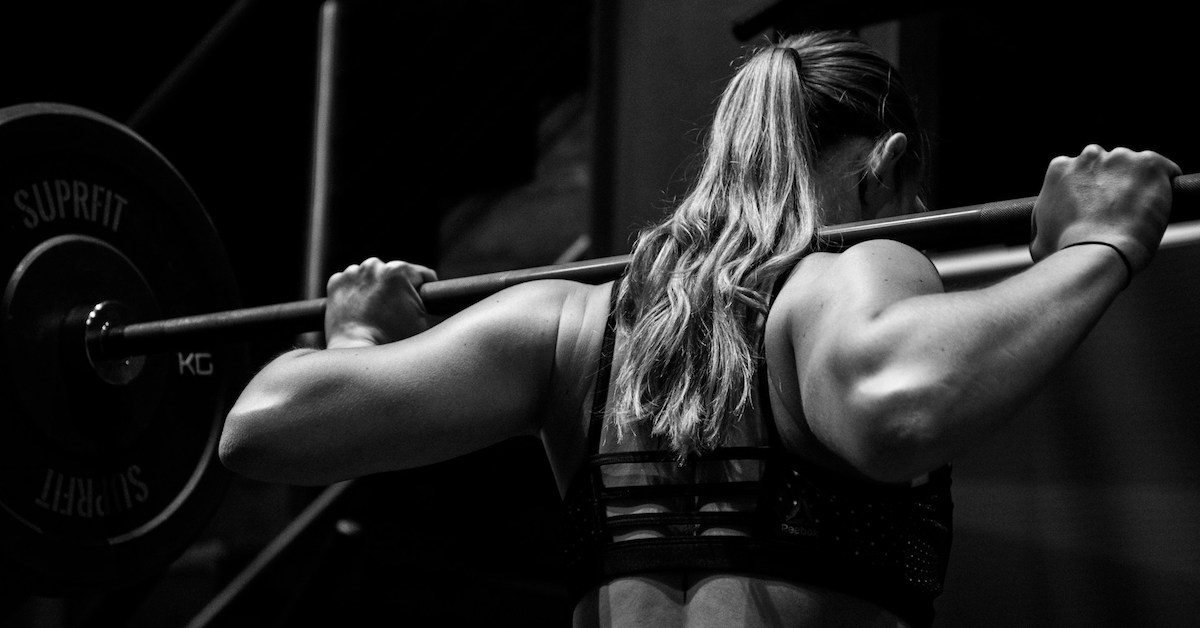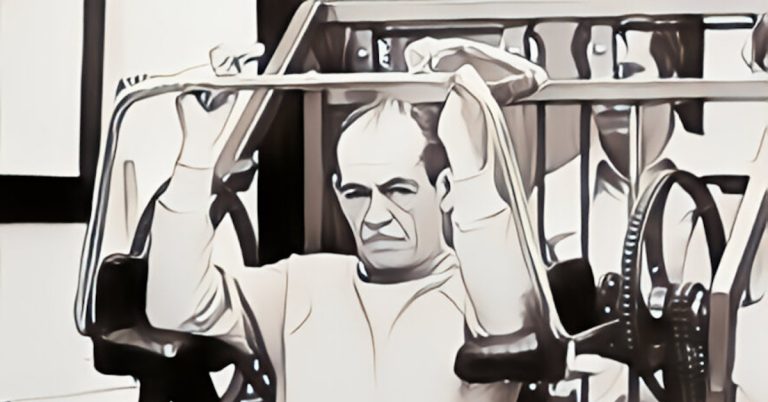Over the years, we’ve seen muscle magazines, nutritional supplements, and training equipment come and go—sometimes for the better, sometimes for the worse. Take soy-based proteins, liquid creatine, and kettlebells (don’t worry, they’ll fade soon) as examples. Then there’s Rheo Blair’s protein, some of Arthur Jones’ original Nautilus machines, and magazines like Muscle Media 2000 (before July 1997, when they dropped the “2000” from the name), Body International (all two issues of it), Built (one issue in Fall 2007, but with so much potential), and Testosterone (Fall 2002 is my favorite). I’m sure you can think of plenty more examples.
Muscle devices are no different—some have stood the test of time, while others have disappeared. But the truth is, you can always find an alternative if you’re resourceful enough. All it takes is a little weight room ingenuity.
Formulator
A unique device that’s no longer in production, the Formulator locked directly onto your hands, eliminating grip involvement and elevating forearm training—literally and figuratively. Its marketing tagline promised:
“You’ll feel the Formulator difference in your first workout. You’ll never return to traditional barbell forearm training again.”
That might be a stretch, but it was a solid alternative.
Want to create your own version? Use a pair of adjustable stirrup handles with hand supports like the ones shown at this LINK. Attach them to a low pulley, sit on the floor with your legs bent at 90 degrees and feet flat, lock your hands into the handles, brace your forearms against your thighs, and perform wrist curls.
DARD
Everyone trains the back of their lower legs, but few work the front. Neglecting the tibialis anterior—the major shin muscle—creates imbalances that can limit overall lower leg development.
Some gyms have a Dynamic Axial Rotation Device (DARD), but most people resort to a resistance band. Another option? A cable machine with the same adjustable stirrup handles.
Raise your legs slightly off the ground (a foam roller works well), and since the range of motion is short, pause for a second or two at peak contraction. Use lighter weights and higher reps for best results. And for an insane pump, superset seated tibialis raises with seated calf presses. Just be warned—like a night of heavy drinking, you’ll need a designated driver to get you home!
Delt Force
A standard lateral raise involves movement at three joints: the wrist, elbow, and shoulder. But if you support the weight on your upper arm instead of gripping it, you eliminate the first two joints, placing more tension directly on the shoulders.
The Delt Force was designed for this, but a simple alternative is resting a weight plate on your upper arm. Want to go heavier? Use a loading pin to stack multiple plates.
Try this: Perform a one-arm dumbbell or cable lateral raise to failure (or “refusal,” as Dr. Angel Spassov puts it). Then, switch to bent-arm laterals by supporting a 25-pound plate on your upper arm and keep going until your shoulders give out. Always start with your weaker side first. And if you’re a metrosexual, do your hair beforehand—because you won’t be able to lift your arms afterward!
ShoulderHorn
Most lifters have overdeveloped internal rotators and weak external rotators. The ShoulderHorn was designed to isolate and strengthen the external rotators in an abducted position, targeting the infraspinatus and teres minor while limiting involvement from other shoulder and upper back muscles.
A simple alternative? Sit facing backward on a preacher bench with dumbbells in hand, rest your upper arms on the pad, and perform external rotations. And don’t forget to stretch the internal rotators between sets!
Power Wheel
There’s an ugly rumor going around, and you should know about it: sit-ups and crunches aren’t the only ab exercises in existence! One of the best alternatives? The ab rollout.
You could buy a Power Wheel—essentially a beefed-up lawnmower wheel with a pole through it for handles—or just use an Olympic bar with 25-pound plates as wheels.
Start in a push-up position, gripping the bar shoulder-width apart. Begin on your knees, progressing to your toes as you gain strength. Brace your abs as if expecting a punch, then roll the bar forward. Don’t overdo it at first—gradually increase the range as your core adapts. Trust me, even with your legs fully extended, you won’t need to go far to feel the burn!
Buy It, Make It, or Fake It?
Back in the mid-90s, I was watching TV with my brother-in-law when an infomercial for the Ab Roller came on. He turned to me and said,
“I could make that for a fraction of the price—all it takes is a quick trip to The Home Depot and a few minutes in my workshop.”
I took him up on the offer. The result? A custom-made Ab Roller tailored to my body. But how much use did it get? Well, let’s just say you could count the workouts on one hand. As quickly as the Ab Roller faded from the market, it faded from my routine!
Many muscle devices will come and go. Some will stick around for decades, while others vanish overnight. Sometimes, it’s worth investing in the real thing—but often, with a little creativity, you’ll find a weight room alternative that works just as well.

Stretching Smarter: The Do’s and Don’ts for Maximum Flexibility
By JP CatanzaroOriginally published: September 23, 2014 – Updated for 2025 Want to boost flexibility, prevent injuries, and optimize performance?

Training Economy: How Weight Training Can Be Your All-in-One Fitness Solution
Recent research has once again confirmed what many in the weightlifting community already know: weight training isn’t just for building

4 Invaluable Lessons from Strength Training Pioneer Arthur Jones
Arthur Jones, a true visionary in the realm of strength training, left an unforgettable mark on the fitness industry with
follow
Error: No feed with the ID 2 found.
Please go to the Instagram Feed settings page to create a feed.
